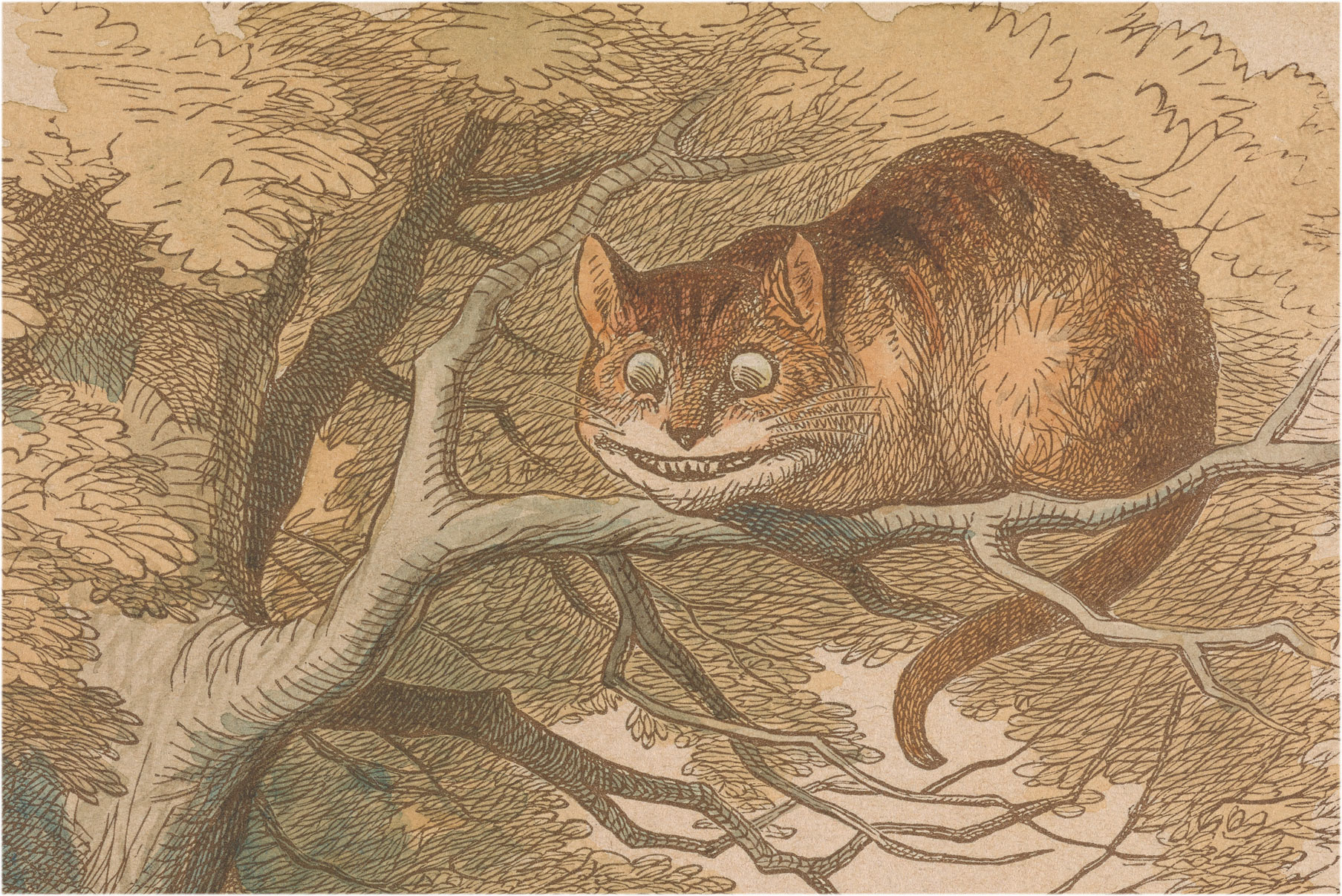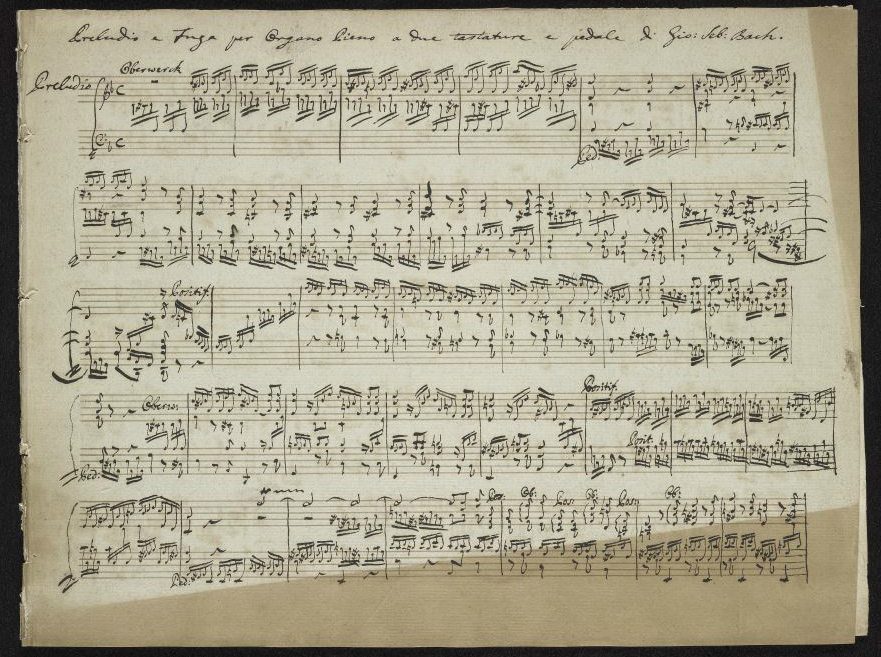


4.1 Gunda Gunde Monastery, Tigray Region.4 Ethiopian Collections of Ethiopian Manuscripts.

3.6 University of Oregon, Museum of Natural and Cultural History.3.4 Princeton University, Princeton, New Jersey.3.2 Howard University School of Divinity’s André Tweed Ethiopian Manuscript Collection, Washington, DC.3.1 Hill Museum & Manuscript Library, Collegeville, Minn.3 American Collections of Ethiopian Manuscripts.2.2 Bibliothèque nationale de France, Paris.2 European Collections of Ethiopian Manuscripts.1.5 Edinburgh University Library, Edinburgh.1.3 Cambridge University Library, Cambridge.1 British Collections of Ethiopian Manuscripts.The list of institutions below is a partial selection of the most prominent and best known collections, giving special attention to the individual researchers involving in forming the collections and those scholars who wrote the catalogues. This " Inventory of Libraries and Catalogues of Ethiopian Manuscripts" was created in 2008 and is maintained since then by A. Since that time, an online inventory has been developed that documents items labelled as “Ethiopian manuscripts’’ in libraries all over the world. The majority of manuscripts are in Ge'ez, the ancient liturgical language of Ethiopia.Ĭatalogues of individual collections were written in the nineteenth century, with a key work for the disposition of Ethiopian MSS more widely prepared in 1995 and published by Robert Beylot and Maxime Rodinson. There are eighty eight languages in Ethiopia according to Ethnologue, but not all support manuscript cultures. Apart from Islamic manuscripts, paper only came into general use twentieth century. Parchment ( berānnā) was used for Ethiopian manuscripts from the time of the Four Gospels books of Abbā Garimā. Monasteries and modern institutions in Ethiopia have, meanwhile, maintained extensive collections and in some cases are still centres of manuscript production. The five largest collections in North America are at Catholic University, the Library of Congress, UCLA, Princeton, and Howard University. Oriental collections of nearly all significant European libraries also have Ethiopian material, with some still pursuing a policy of acquisition. These three organisations together hold about 2,700 manuscripts. In Europe, the three biggest collections of Ethiopian manuscripts are in Rome (Biblioteca Apostolica Vatican), in Paris (Bibliothèque nationale de France) and in London (British Library). Subsequently, travellers, missionaries, military personnel and scholars contributed to the development of collections outside Ethiopia. Wellcome Library, London, number 62892.Įthiopian manuscripts are known to have reached Europe as early as the fifteenth century, perhaps even earlier, through Egypt, Ethiopian pilgrims to the Holy Land and through members of the Ethiopian monastery of St Stephen of the Abyssinians in Rome. Written on vellum, tooled leather binding, 8 volumes. First page showing mirror inside front cover with an illustration of Saint George.


 0 kommentar(er)
0 kommentar(er)
